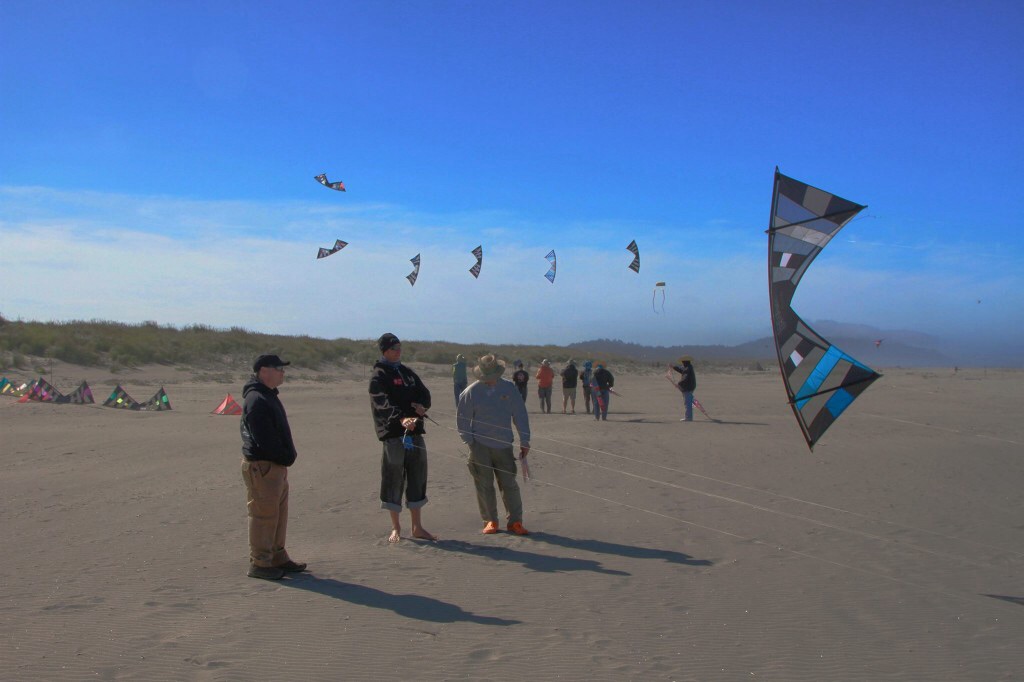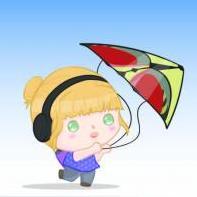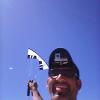-
Posts
13,590 -
Joined
-
Last visited
-
Days Won
336
Content Type
Profiles
Forums
Gallery
Events
Downloads
KL Shop
Blogs
Articles
Classifieds
Community Map
Blog Comments posted by John Barresi
-
-
👍🏻👍🏻
-
Feel free to ask questions, happy to expand on what I can as time allows. 👍🏻
-
 1
1
-
-
Overall shape appeals to me too, hope to try it next month.

-
 1
1
-
-
Great fun, classic kite - awesome in a 3 pack!

-
 1
1
-
-

-
Thank YOU, writer of great stamina!

-
 1
1
-
-
Keen observations!

The Kymera does favor more economical, short, compressed power movements.
Not everyone's cup of tea, but I think that experience makes a flier better even if they move / grow into something else.
-
 1
1
-
-
One thing that helps with my throws, while its on my mind... An atlatl.
https://en.wikipedia.org/wiki/Spear-thrower
Extension of the arm, kind of an "over the top" throw like a baseball pitcher...
Increased the consistency of my throws a lot, and reduced the effort / detail required in the throw due to the added arc and leverage of my whole arm coming over the top.
Food for thought, that's all.

-
 1
1
-
-
Fun to see you playing with the catch style, interesting "delay" while you hold the top lines (before the tug).
Keep it up, you're on the path.

-
 1
1
-
-
Wow, great read!

-
 1
1
-
-
17 minutes ago, Flynhi said:
Thank you! Are you speaking of the adjustment knots on the top handles? I graduated from the 3rd to the last knot. This has made a world of a difference! Last knot is now my jam.
Wasn't referring to the knot, although I am happy to hear about that... I just meant you're clearly advancing. (Y)
-
 1
1
-
-
Aye, great work in low wind!
I see you coming up the line...

-
 1
1
-
-
Overflowing with kite passion!

-
 1
1
-
-
I think the "don't be static" idea applies universally to multi line kites, if we're talking about ideal performance - some people just want to stand there and that's ok too, but it won't ever be more than remote control.

-
The other thing you might experiment with from a holistic perspective, is getting a little "float" into your feet... Control lock ups often happen when our lower half stops being dynamic and settles flat footed.
The name of the game is tension and sail pressure is an ever fluctuating thing by nature, if your roots (feet) are static then your line tension will oscillate without your participation... If your feet are always moving or transitioning, you'll be participating in your line tension more deeply than the basic "back when I go up" and "forward when I go down" footwork.

-
Yes, but it may not be a an outwardly noticeable (abrupt) movement - just think about being dominant with the top lines when you want to drive and not letting the back edge run loose or totally free... Again, do this by:
1 - lengthening the top lines
2 - keep your hands lower
3 - moving your hands down the foam a bit
Exercise - in a sideways hover, try barely slacking out and then snapping down on all four lines at once so that you generate a clear pressure on all lines but the kite doesn't surge in any direction.
The style of movement would be like a "one inch punch" with both hands, then snap all four lines tight.
When you get it right, the sail should make an audible "pop" (slapping its face evenly against the wind).
Another sign of success is that in that same time, the resistance you feel in all four lines should noticeably increase.
This is the "whump" you may have heard about... That impact also changes the shape of the kite, powering up the kite and exponentially increasing the power available in that short window, kind of like a nitrous boost... ALL FOUR lines, not just the top ones.
Imagine a marionette puppet, strings and X control above it... Similar to a Rev, with fluid dynamics added to surface area(s)... A skilled puppeteer doesn't let one control line out of mind, even while working specifically with others.

Once the 4 line tension is established with the whump, the backward movement needed to keep the tension is exponentially less - if you start soft, there isn't anything to hold onto, random edges of the kite aren't loaded for the job at hand.
If you once again skim the videos of the top performance quad fliers around after our chat here, you'll start to see this perspective more clearly.
-
 1
1
-
-
Great question - that sound is the result of "over sheeting"... Not enough tension in the bottom lines, and / or holding your hands too high (which favors the top lines).
Solutions...
a. Lengthen your top lines (more brake)
b. Move your hands lower down on the foam of the handle (just above center).
c. Experiment with keeping your hands much, much lower by default.
-
Very nice.

"Leading with the brakes", try re-focusing your hands *just* slightly lower than your elbows when you make your sideways or inverted inputs, this will favor pressure in the center of the handles, more balanced into the bottom lines, less hard tilt into the top lines (which results in forward flight + loss of pressure).
The tell when looking at the video is a sense of "holding your hands up", or "holding the kite up with your hands"... After a while, your hands should spend most their time in front of or just above your solar plexus.
-
Very fine practice session.

I see you attempting, adjusting, it all "tastes good" to my eyes - you're playing the right way, keep enjoying and growing.
-
 1
1
-
-
Superb report @Exult, throughly enjoyable read.

-
 1
1
-
-
On July 20, 2016 at 0:36 AM, Exult said:
Could this reluctance to flip on its back be a low wind thing?
Some kites just jump from pancake to fade with little effort, some really have to be pulled through to lift and turn them over, others require a lot of articulation (lift/open, pop, release) and some just don't like to make the transition at all - very different behaviors / techniques depending on design.
-
May 2015, wow.
Overlooked that one!

-
 1
1
-
-
Make room, make room, Frankie has the dance floor! That's the one I've been waiting for - great job man, awesome "journey" through different angles and perspectives, stellar flying, I thoroughly enjoyed watching that - thanks!

-
 1
1
-
-
OMG - can't like this post enough, great, GREAT read.

-
 1
1
-






SS Great Britain
in JB's Flight Logs
A blog by John Barresi in General
Posted
No bridle on a 1.5 is less than ideal for control, less cupping, less control - I just wouldn't do it, myself, except to enable easier catch and throw.